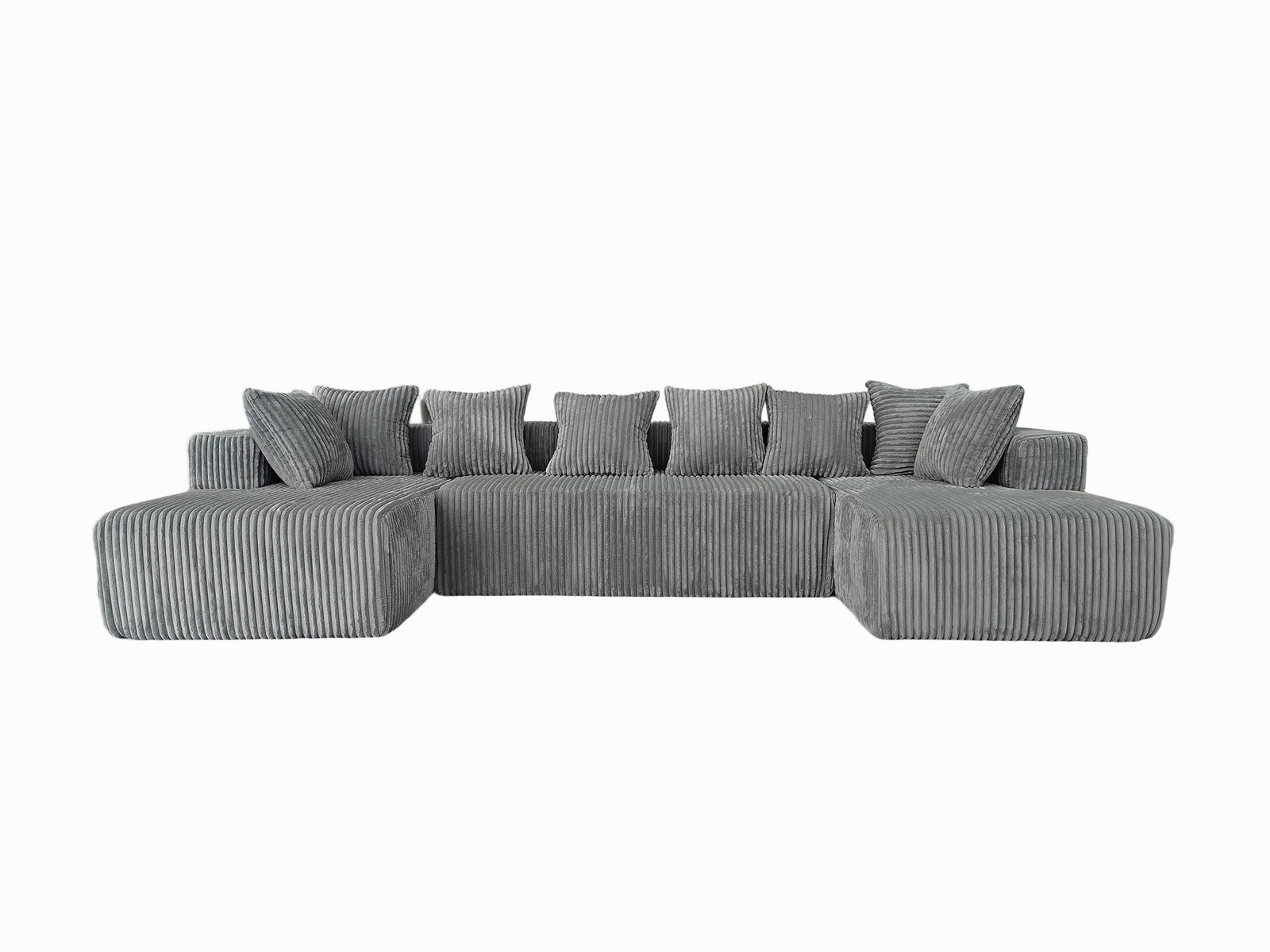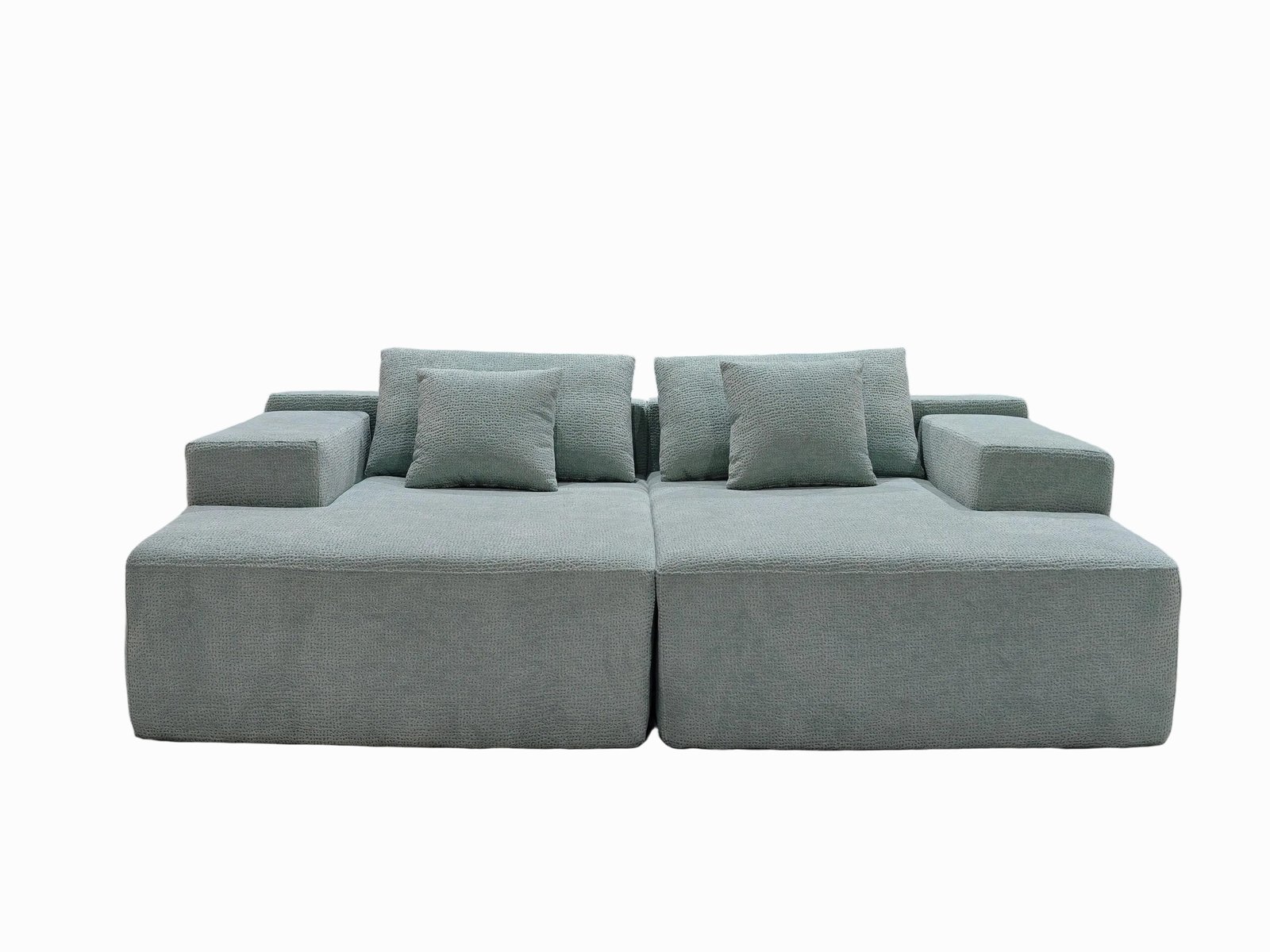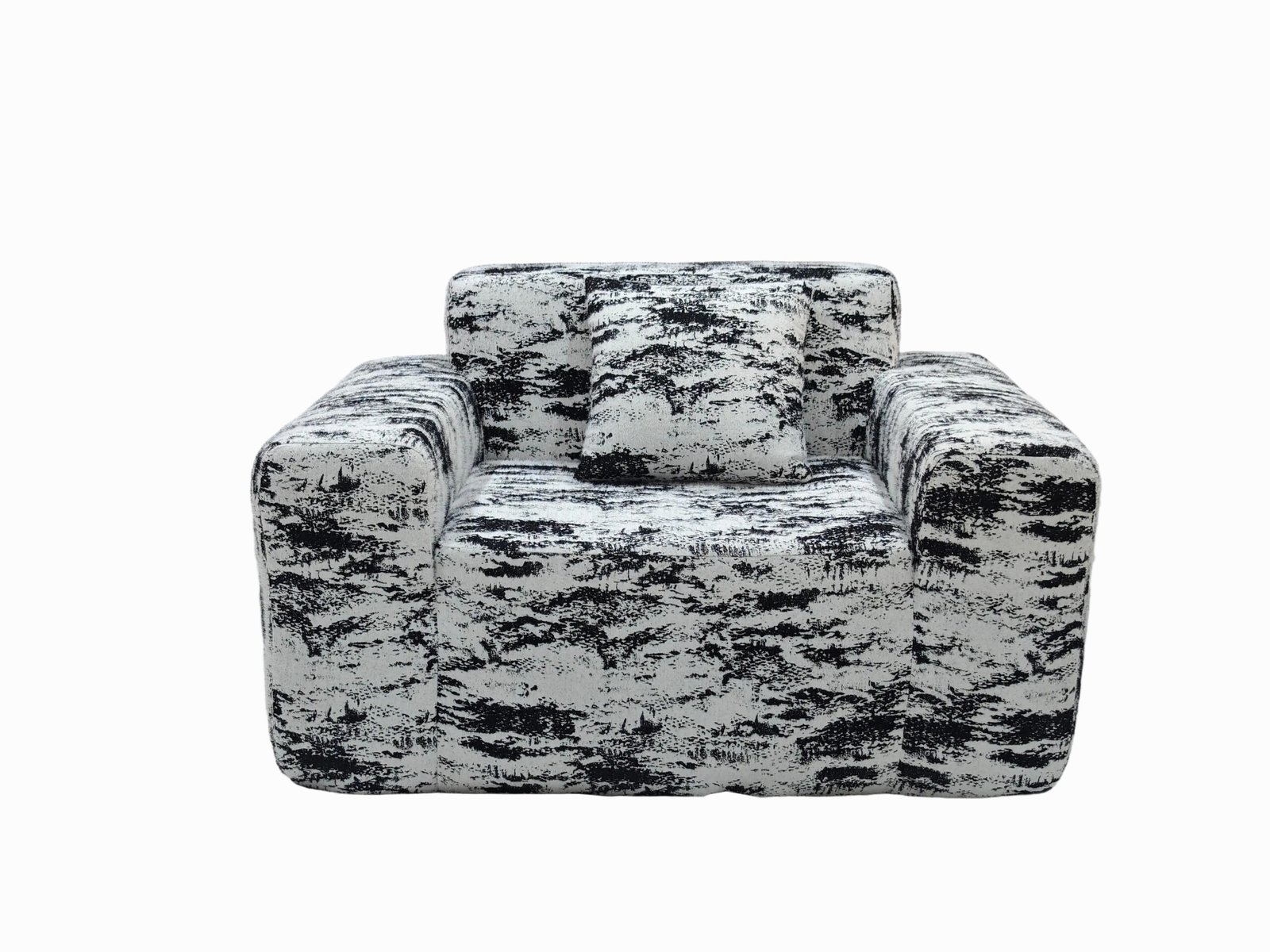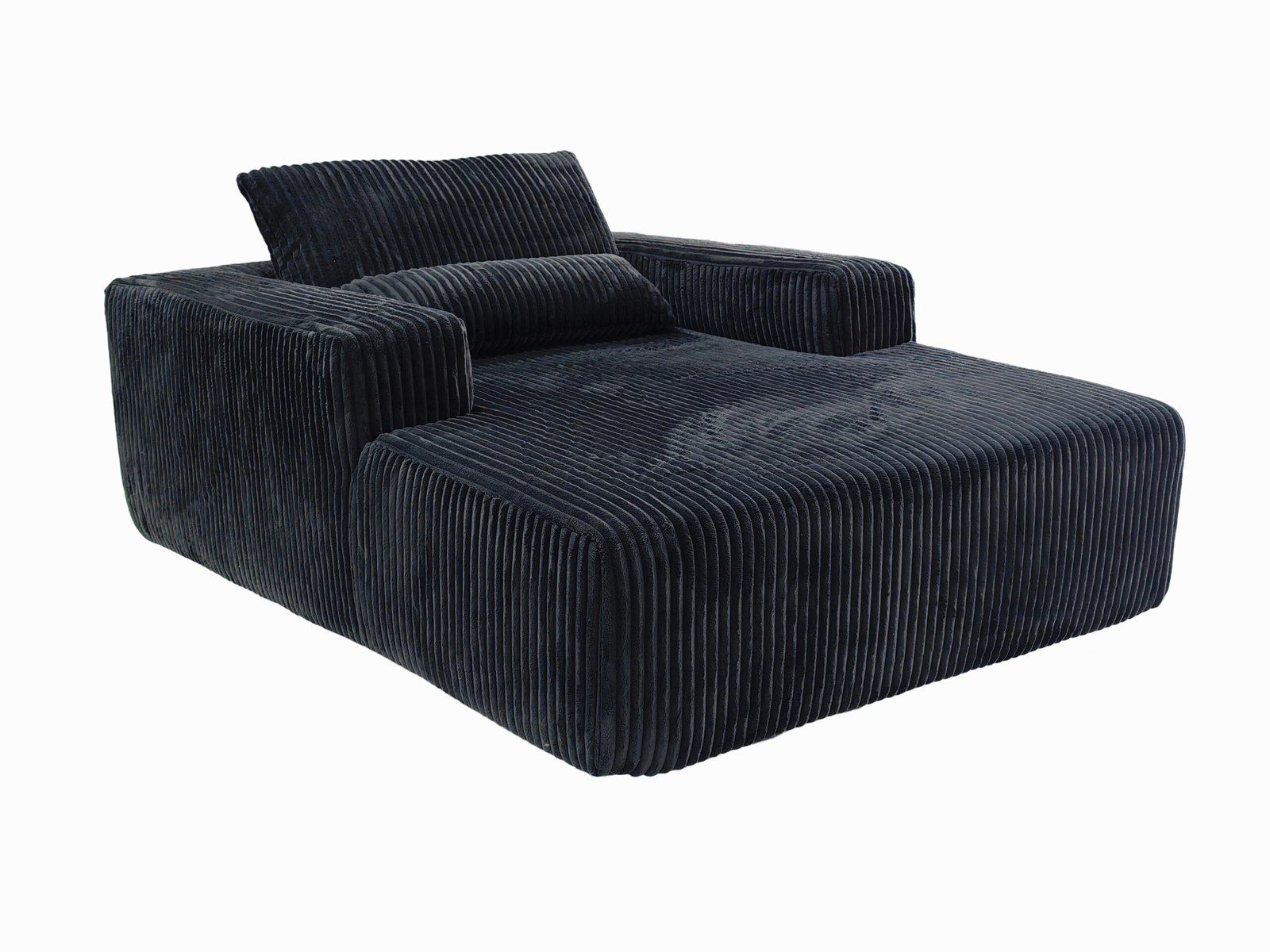
Worried that installing a compression sofa will be too hard or too time-consuming?
Installing a compression sofa is simple if you follow clear steps: prepare the space, unpack carefully, identify parts, build the frame, and attach cushions, backrests, and armrests.
Even first-time furniture installers can do it successfully. With good preparation and the right tools, setup becomes fast, safe, and satisfying.
How should I prepare before installing a compression sofa?

Most people rush into assembly, but skipping preparation often leads to frustration.
Before installation, clear enough space, gather tools, and protect your floor to ensure a smooth and safe setup process.
Start by choosing a room with enough space for both the sofa and movement. Compressed sofas will expand, so make sure you have at least 2 meters of free space around.
Lay down a clean blanket or cloth to protect your flooring from scratches or pressure marks. Then, gather the tools you'll need—typically scissors, a Phillips-head screwdriver, and sometimes an Allen key (usually included).
Having everything ready avoids mid-assembly pauses that waste time and increase error risk. It also protects both your furniture and your room.
How do I safely unpack a compression sofa?

Ever seen a vacuum-packed sofa burst open like popcorn? It’s cool—but dangerous without care.
Use scissors to cut the vacuum-sealed bag gently, then let the sofa expand naturally for a few hours before assembly.
Place the compressed sofa on the floor, sealed side up. Cut along the seam slowly, making sure you don’t slice into the material. Once air enters, the sofa will begin to expand.
Different foams have different expansion times. Some will regain shape in 1–2 hours, others may need up to 24 hours. Don’t rush this process—the longer you let it rest, the more comfortable it will be later.
Expansion Time Estimates by Material
| Material Type | Expansion Time |
|---|---|
| High-density foam | 2–4 hours |
| Memory foam | 8–24 hours |
| Hybrid spring-foam | 12–24 hours |
Use this wait time to review the manual and familiarize yourself with the parts.
How do I identify all the sofa components?

Missing a part during assembly can ruin your mood—and your schedule.
Lay out every part and match it to the manual’s diagram before you start building.
Once the sofa is fully expanded, unpack the box of hardware. Your set should include:
- Sofa frame base and sides
- Backrest panel
- Seat cushions
- Armrests (if applicable)
- Screws, nuts, washers
- Tools or hex key (sometimes provided)
- Printed instruction manual
Lay all these on a clean surface. Use the manual to check off each part. If something’s missing, stop and contact the seller.
This small step avoids huge problems later. Imagine reaching step 6 and realizing a screw bag is missing!
How do I assemble the sofa frame correctly?

If the frame isn’t tight, nothing else fits right. This is where 80% of your sofa’s structure comes from.
Assemble the sofa frame first, making sure every screw is tight and aligned before adding cushions.
Start with the base. Connect the two side panels to the front bar. Secure with screws. Then, install any crossbars or center supports. If your model has foldable legs or built-in storage, this is when they get attached.
Make sure the frame sits flat on the floor. Check each screw twice. Wobbly frames can damage the foam and create squeaky seats later.
Tools Checklist
| Tool | Purpose |
|---|---|
| Phillips Screwdriver | For all general screws |
| Allen Key | For metal frame joints |
| Gloves (optional) | Avoid dirtying upholstery |
Ask a friend to help hold parts in place—it makes the work faster and safer.
What’s the proper way to secure seat cushions and backrests?

Don’t just throw on the cushions—it’s about proper fit and long-term comfort.
Slide seat cushions into the base frame, then align the backrest and lock it into position using clips or screws.
Most compressed sofas are designed for tool-free cushion installation. Cushions often slide into pre-marked grooves or hook into clips.
For the backrest, lift it carefully and align it with the metal bracket or slot on the base. Press or screw until it clicks or locks into place.
If the cushion feels uneven, unzip the cover and adjust the foam manually. Sometimes during compression, foam shifts slightly—this is normal.
Take your time here. A stable cushion and backrest mean better posture and longer durability.
How do I install the armrests securely?

Armrests aren’t just decorative—they’re load-bearing parts.
Align the armrests with pre-drilled holes, then fasten them tightly using bolts and washers.
Place each armrest against the side of the frame. Use the long bolts (usually labeled in the manual) to attach them. Don’t forget to include washers to prevent movement.
Once both are on, test by pressing down or leaning sideways. A little give is normal, but there should be no wobbling.
In some models, the armrest doubles as storage or has charging ports—connect cables now if needed.
What should I check before using the sofa?

Assembly done? Not so fast—you still need a final check.
Inspect each joint, test the stability, clean the surface, and adjust the sofa’s position before use.
Walk around the sofa. Push it lightly from all angles to see if it shifts. Sit on each cushion to check for noise or imbalance.
Use a vacuum or lint roller to remove packaging dust. Then slide the sofa into its final position—ideally against a wall or near a power outlet if it has charging features.
Finally, keep the manual and spare screws in a safe drawer. You’ll thank yourself during your next house move.
Conclusion
Installing a compression sofa is easier than it looks—just follow steps carefully, check everything twice, and enjoy your new seat with peace of mind.